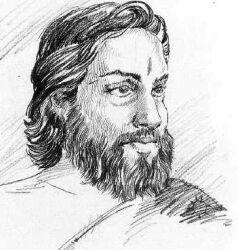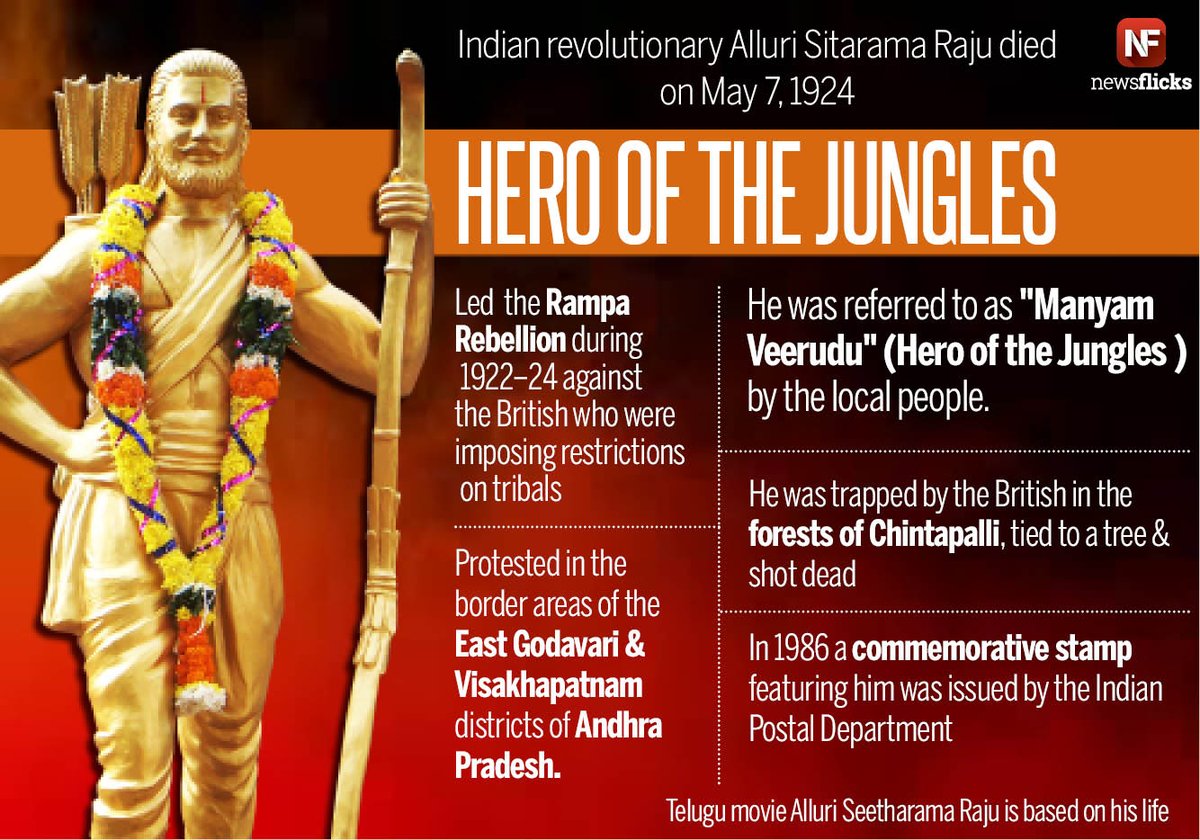Burra Katha – My Connection to the Nation and Nationalism


THE PRIDE OF TELUGU PEOPLE-ALLURI SITA RAMA RAJU

BURRA KATHA: THE TRADITIONAL ART FORM OF NARRATIVE ENTERTAINMENT OF ANDHRA PRADESH, INDIA

Burra Katha is the most popular art form of narrative entertainment in the State of Andhra Pradesh, India. In this theatrical form, a story teller accompanied by two partners, one on either side, recites a story while speaking, singing and dancing. The term “BURRA” refers to a stringed musical instrument called TAMBURA. The resonating chamber is made of a hollow shell (and the word ‘burra’ also refers to the human skull in the Telugu language). The main performer wears this instrument across his right shoulder. The term “KATHA” means a story. Storytelling is an important Oral Tradition in India and there are several traditional ways of narrating a story.
The main performer (‘KATHAKOODU’) plays the ‘tambura’ as he dances rhythmically moving forwards and backwards on the stage while reciting a story. He also wears a metal ring and carries a ring in his palm to add to the tempo while he sings. The co-performers play two-headed earthen drums (‘DAKKI’)to accentuate the songs. All the three performers will be wearing anklets with tiny bells called ‘ANDELU’ or ‘GAJJALU’ which add to the music when they dance and perform. One of the drummer is referred to as the ‘RAJKIYA’ and he comments on contemporary political and social issues even if the main story concerns historical or mythological events. The other drummer is known as ‘HASYAM’ and he cracks jokes and provides comic relief and constantly keeps the audience well entertained and keeps up their interest in the performance. The performers regularly address each other and the co-performers often interrupt the main performer to ask doubts and they add emphasis to the main events in the story with short words and phrases. Generally, the performance would begin with a prayer song. Then the main performer introduces the story by establishing the place, time and historical context of the action. The co-performers repeat the refrain of the narrative. The story begins with the statement, “VINARA BHARATA VEERA KUMARA, VEERA GADHA VINARA” which means, HEAR, THE YOUNG BRAVE SON OF BHARAT (INDIA), HEAR THE STORY OF THE BRAVE and the co-performers affirm the proceedings with the words ‘TANDHANA TANE TANDHANA’. After these introductions, the main plot begins in which all three performers take an active role assuming various characters in the incidents, as well as providing narrative bridges between incidents. Thus, dance, recitation, songs, dialogues and enactment of scenes provide variation within a strong narrative line of Burra Katha.

Burra Katha stories could be mythological, historical and sociopolitical. It became the medium to enlighten the people about the political situation and played an effective role in conveying the message to people and awakening them during Indian Independence Movement. This art form became so popular, the British government banned its performance in the Madras Presidency and Nizam, the ruler of the princely State of Hyderabad, prohibited these shows in Telengana region.
MY CONNECTION TO THE NATION AND NATIONALISM:
I am connected to the place known as Rajahmundry of East Godavari district by way of my family connections. The most important connection is that my father and my grandfather belong to Rajahmundry and both of them worked for the ‘CROWN’ while the British ruled India. The British created opportunities to render public service and Natives who served in the name of the Crown remained in their jobs even after Independence as their services were very much appreciated by the community and such public service was not seen as a hindrance to winning the political freedom. I arrived on the scene after India’s independence and the relics of the colonial rule were still fully evident. For example, the elementary school in my neighborhood was known as King George Elementary School. As I grew up, it is Rajahmundry which shaped my connection to the rest of the country. The spirit of ‘NATIONALISM’ was fully thriving even after the departure of the British. The people of Rajahmundry loved all types of freedom fighters. On one hand, they adored Mahatma Gandhi and on the other hand, they embraced ‘NETAJI’ Subhash Chandra Bose, a revolutionary as their true hero. They made no distinction between the non-violence, ahimsa credo of Gandhi and the revolutionary tactics of armed rebellion advocated by Bose. Fighting the foreign occupier was important to the natives of Rajahmundry and all kinds of tactics were equally welcome. The story that connected me to this spirit of ‘nationalism’ reached me by way of Burra Katha performances that I witnessed in Rajahmundry. The one story that made a lasting impression was about a young revolutionary freedom fighter known popularly as “RAJU.”
ANDHRA SRI , ALLURI SITA RAMA RAJU ( July 4, 1897- May 7, 1924):

He lives in the hearts of the Telugu people as the “Manyam Veerudu” (Hero of the Jungles). He was Andhra’s early revolutionaries. He was inspired by the patriotic zeal of the revolutionaries in Bengal. He fought for social justice, for freedom and to liberate the innocent tribals from ruthless exploitation and oppression. The tribal corridor known as ‘MANYAM’ extends from Vijayanagaram to Godavari districts. He made this Agency area as his home and launched his struggle against the British with the help of the tribal people. This young man renounced his marital life and became the leader of what is known as the ‘RAMPA REBELLION’. In the Telugu language, it is known as the ‘RAMPA PITURI’. The word ‘pituri’ means complaints. He believed that freedom is not something to be begged for. He waged a successful but short lived guerilla warfare against the British occupiers from 1922 to 1923. The British General Rutherford who was deputed to crush the uprising used trickery and enticed Raju with a deal for peace. The British burnt down entire villages of the tribals, beaten the old and the children, molested the women, killed the young and tortured the captives. Raju who had innocently shown up to talk peace to save the tribals from the campaign of terror unleashed by the British forces was unceremoniously captured, was tied up to a tamarind tree and was brutally shot dead with a rifle in Mampa village, in the forests of Chintapalli. He became a martyr at the young age of 28. He was executed without a trial on May 7, 1924. His story generates the feelings of nationalism and is very effectively narrated to the people in the format of Burra Katha. Raju had his early education at Rajahmundry and I feel connected to my place and to the rest of the country because of this man of great spirit and honor.


It is very nice to see the efforts in restoring cultural heitage of India. Danyawadalu.
LikeLike
Thanks for sharing your comment. I am a former student of Danavaipeta Municipal/Corporation High School, Rajahmundry. I had a classmate by the name of Nemani. Venkateswarulu. Are you related to that Nemani family?
LikeLike
Namaste Sir, I was searching for Burra Katha as we are planning to do one in 3 weeks for Ugadi this year. Thanks for the information. Regards Suresh
LikeLike
Dear Gyaan,
Thanks for visiting my blog post. I am glad to hear that you are planning a “Buura Katha” performance. Wish you all the best.
Bhavanajagat.
LikeLike